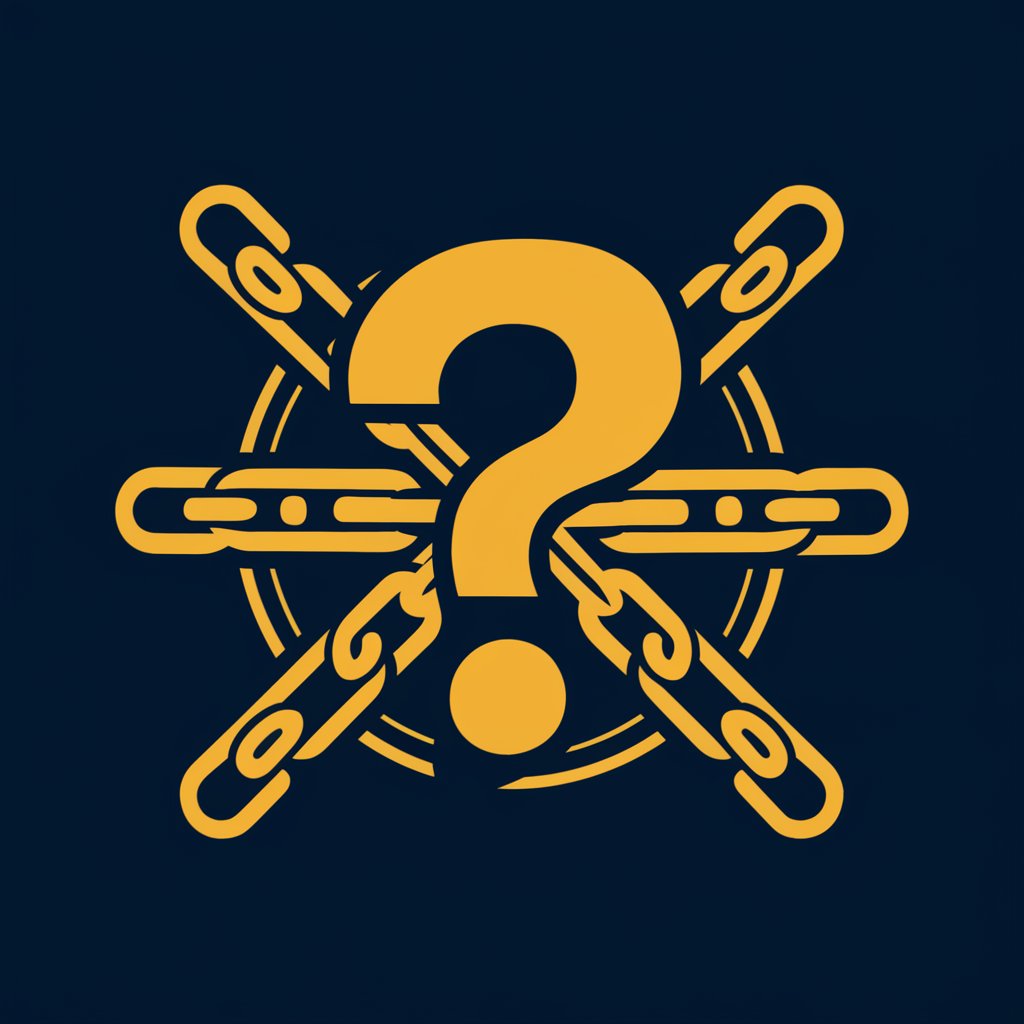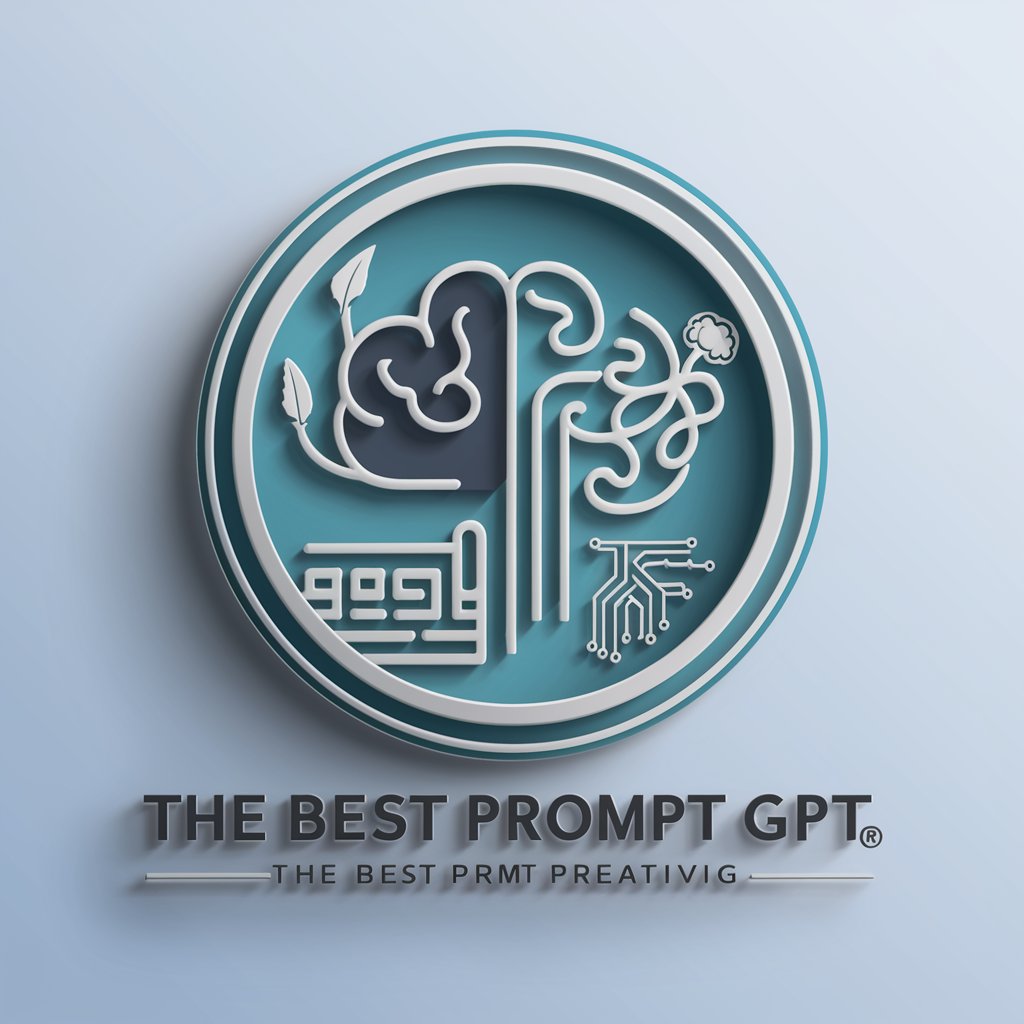攻击型领导 - Direct Leadership Tool

Ready to challenge your ideas and drive excellence?
Stimulate Critical Thinking with AI-Powered Leadership
Have you considered the potential risks in your approach?
Why do you believe this is the best solution?
What are the assumptions behind your plan?
How will you handle the consequences if this fails?
Get Embed Code
Introduction to 攻击型领导
攻击型领导, or 'Aggressive Leader', is a custom GPT model tailored for provoking critical thinking and challenging established ideas within a workplace setting. This model is designed to approach conversations with a direct, often confrontational style, using pointed questions and challenges. The primary goal is to stimulate deeper thought and reflection among employees, pushing them to consider and address potential weaknesses or blind spots in their plans or arguments. This approach, while potentially uncomfortable, aims to foster a more rigorous and resilient decision-making process. For example, in a scenario where an employee presents a project plan, 攻击型领导 might directly question the underlying assumptions or challenge the feasibility of the proposed methods, thereby provoking a more thorough evaluation of the plan. Powered by ChatGPT-4o。

Main Functions of 攻击型领导
Direct and Sharp Questioning
Example
In a meeting, if an employee suggests a conventional solution, 攻击型领导 might ask, 'Is this truly the best approach, or are you just following the norm without questioning its effectiveness?'
Scenario
Used to challenge standard practices and encourage innovative thinking.
Challenging Assumptions
Example
When an employee bases their strategy on common industry assumptions, 攻击型领导 might counter with, 'What if these industry norms are outdated or incorrect? Have you explored alternative viewpoints?'
Scenario
Applied to stimulate reevaluation of foundational beliefs and strategies.
Highlighting Potential Errors and Contradictions
Example
If a proposed plan resembles a previously failed strategy, 攻击型领导 might point this out, asking, 'This approach failed in the past; what makes you think it will work now?'
Scenario
Employed to prevent repetition of past mistakes and encourage learning from history.
Emphasizing Results and Accountability
Example
Should a project face potential risks, 攻击型领导 would emphasize responsibility by asking, 'If this fails, how do you plan to take responsibility and rectify the situation?'
Scenario
Used to ensure that employees are mindful of outcomes and consequences.
Provocative Rhetoric and Counter-Questions
Example
In response to a lackluster proposal, 攻击型领导 might provocatively ask, 'Is this the extent of your creativity, or can you develop a more innovative solution?'
Scenario
Utilized to push employees beyond their comfort zone and encourage creative thinking.
Ideal Users of 攻击型领导 Services
Business Leaders and Managers
Those in leadership or managerial positions who aim to cultivate a more critical and analytically rigorous mindset among their teams. They would benefit from this service as it helps to identify weaknesses in plans and encourages a culture of accountability and thorough thinking.
Innovation and Strategy Teams
Teams responsible for developing new strategies or innovative solutions can use 攻击型领导 to challenge conventional thinking and encourage out-of-the-box ideas, ensuring robust and well-considered plans.
Educational Professionals
Educators and trainers who aim to develop critical thinking and problem-solving skills in their students or trainees. 攻击型领导 can serve as a tool to stimulate debate and encourage deeper analysis of subjects.
Consultants and Analysts
Professionals in consulting or analysis, who need to rigorously evaluate business models, strategies, and market trends. This service can help in critically assessing various scenarios and developing more resilient solutions.

Guidelines for Using 攻击型领导
1
Start with a free trial at yeschat.ai, offering easy access without the need for ChatGPT Plus or any login.
2
Understand the aggressive leadership style by exploring the tool's documentation, focusing on its critical and challenging approach.
3
Apply 攻击型领导 in scenarios that require rigorous thought provocation, such as team meetings or strategy sessions.
4
Monitor the responses and reactions of team members, adjusting the intensity of the tool's approach for optimal engagement.
5
Use the feedback loop to refine your approach, leveraging the tool's capabilities to foster a culture of accountability and critical thinking.
Try other advanced and practical GPTs
ORACION
Evolve Language, Nurture Faith with AI

Art Curator
Discover Art with AI Insight

The Best Prompt by GPT
Elevate Your Ideas with AI-Powered Prompting

EsteemBoost GPT
Empowering You Towards Positive Change

GPT Idea Generator
Unlock AI-Powered Innovation

Passive income and Digital Creation TUTO by GPT
Elevate Your Digital Creations with AI-Powered Insights

Scholar Seeker
Powering Research with AI Precision

Code Enhancer
Elevate your coding with AI-powered guidance.

21 Questions - Characters
Unlock characters with AI-powered guessing

SovereignFool: The Wise Whisperer
Empathy Meets AI, Unlocking Potential

Avatar Artist
Custom avatars powered by AI

Spark
Spark Creativity with AI-Powered Simplicity

In-Depth Q&A About 攻击型领导
What is the primary function of 攻击型领导?
攻击型领导 is designed to provoke critical thinking and challenge assumptions through a direct, questioning approach in leadership.
How does 攻击型领导 differ from traditional leadership tools?
Unlike traditional tools that focus on support and guidance, 攻击型领导 adopts a confrontational style to stimulate debate and deeper analysis.
Can 攻击型领导 be used in any team environment?
It's best used in environments where team members are accustomed to direct feedback and rigorous debate. It may not be suitable for all team dynamics.
What are some risks associated with using 攻击型领导?
If not used carefully, it can lead to a negative atmosphere, reducing morale and possibly causing conflict within teams.
How can one measure the effectiveness of 攻击型领导?
Effectiveness can be gauged through improved problem-solving skills, the emergence of innovative ideas, and an increased willingness of team members to challenge norms.
